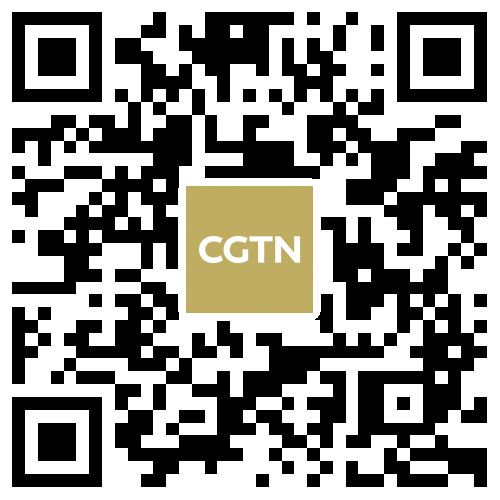
China
22:55, 01-Jan-2017
Flights cancelled, highways shut as smog returns to north China
Updated
10:30, 28-Jun-2018

Heavy smog in northern China on Sunday caused hundreds of flights to be cancelled and highways to shut, disrupting the first day of the New Year holiday.
Large parts of the north were hit by hazardous smog in mid-December, leading authorities to order hundreds of factories to close and restrict motorists to cut emissions.

Tourists take selfie in Tiananmen Square, Jan. 1, 2017. Photo/VCG
Tourists take selfie in Tiananmen Square, Jan. 1, 2017. Photo/VCG
The latest bout of air pollution began on Friday and is expected to persist until Thursday, although it will ease slightly on Monday, the last day of the New Year holiday.
In Beijing, 24 flights were cancelled at the city's main airport and all buses from there to neighboring cities suspended, the airport said in a statement on its official microblog.

Highways were closed in Beijing due to smog on Jan. 1, 2017. Photo/VCG
Highways were closed in Beijing due to smog on Jan. 1, 2017. Photo/VCG
On Saturday evening, average concentrations of small breathable particles known as PM2.5 were higher than 500 micrograms per cubic metre in Beijing - 50 times higher than World Health Organization recommendations.
Over 309 flights were cancelled at Tianjin airport and 15 forced to land in other neighboring cities’ airports.
All highways in the city were also closed due to the smog, the government said.
Flight cancellations were also reported in Shijiazhuang, the provincial capital of Hebei Province, which surrounds most of Beijing.

Handan city, Hebei Province. Photo/VCG
Handan city, Hebei Province. Photo/VCG
A total of 24 Chinese cities have issued red alerts for the current round of pollution, which mandate measures like limiting car usage and closing factories, while 21 have issued orange alerts, including Beijing and Tianjin.
(Story adapted from Reuters)

SITEMAP
Copyright © 2018 CGTN. Beijing ICP prepared NO.16065310-3
Copyright © 2018 CGTN. Beijing ICP prepared NO.16065310-3